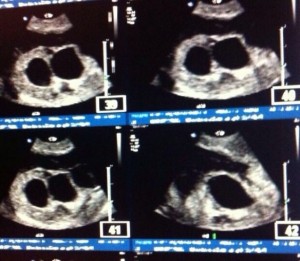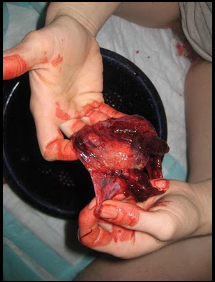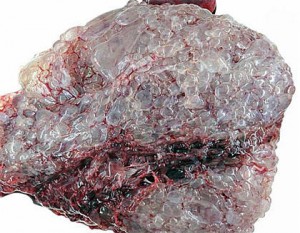The idea of delivering your baby by Cesarean can be totally frightening or overwhelming. The birth of your sweet baby, who may have already died or who may have a condition not compatible with life, can already seem like just too much to bear.
You may either welcome, or dread, the knowledge that you will bear a scar of his or her delivery. However you may feel about it, your feelings are OK.
To help make your Cesarean birth a little less overwhelming, it is a good idea to take a look at a Cesarean birth plan.
How far along are you? Would you like to see the last developments of your baby?












